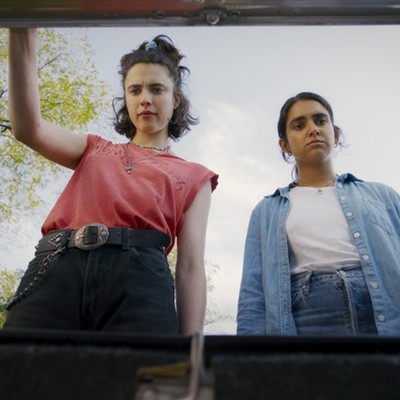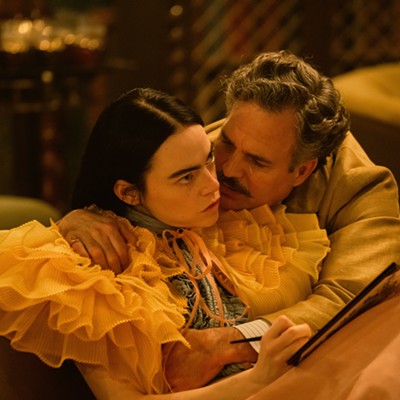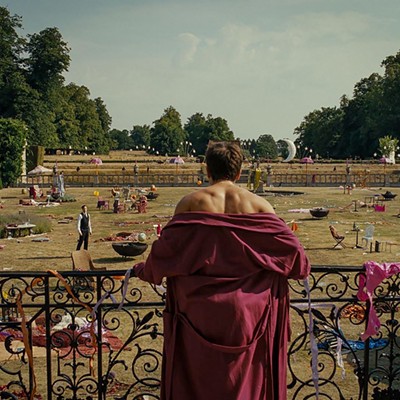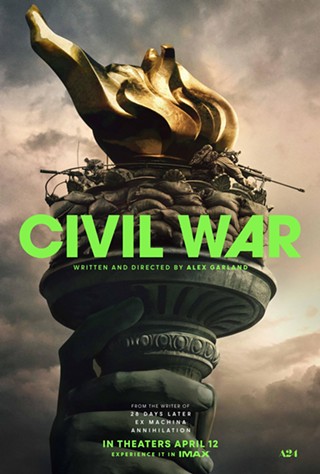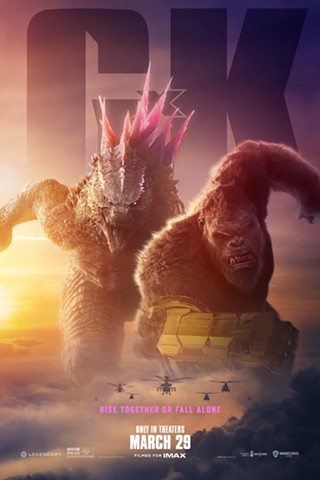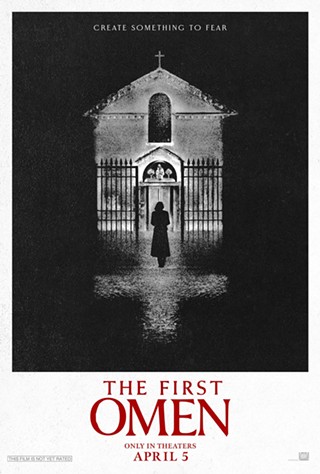One of the great pleasures of film over the past 40 years or so is the remarkable martial arts choreography in movies produced both in mainland China and in Hong Kong. Before the studios there could afford much in the way of visual effects, what made martial arts movies worth watching was the fights. The acting, the writing and the majority of the production values were subpar but you could find some ridiculous stunt work, packed as much with ingenuity and orchestration as with kicks and punches. Watch Jackie Chan's The Legend of Drunken Master, Jet Li's Once Upon a Time in China or even something more obscure but essential, like The 36th Chamber of Shaolin. The fight choreography tells as much story as the dialogue, and it's the real craftsmanship of the genre.
While maybe not the best representations of pure fighting, films like Crouching Tiger, Hidden Dragon and Hero helped Chinese films create a more visually compelling martial arts landscape through CGI and what is known as wire fu, essentially just kung fu choreography assisted by wires. They also improved the acting, the writing, and the budget, elevating the genre to a level of pure artistry (directors like Ang Lee and Zhang Yimou will do that). But those advances have come at a cost. If The Sorcerer and the White Snake is any indication, all the fine details of the previous generation of martial arts in Chinese epics have faded away, replaced forever by a dizzying palette of effects that overwhelm everything else on screen.
This was produced in 3-D, and of course we know from Hollywood's abuse of that technology how effects-laden the films have become. In the right spots, a lot of the effects fit the storytelling in The Sorcerer and the White Snake, based as it is on one of the culture's more enduring legends. But when you see Jet Li in the middle of a "fight," spinning in circles against a green screen as a barrage of swords flies by, it makes you long for the day when Li's fight sequences lasted longer than 40 seconds and involved actual opponents.
The film does not focus on Li, by the way. The heart of the story is a young herbalist named Xu (Raymond Lam). One day, he and a friend are climbing a mountain and capture the attention of two sisters. They're not ordinary girls, but demons, with the nefarious green snake (Charlene Choi) deciding to give the climbers a fright. Xu falls from the mountain and into a lake, forcing Susu, the good-hearted white snake (Eva Huang), to rescue him. Of course, under the water, she takes a human form so Xu will trust her, and our star-crossed-lovers story begins.
As Xu and Susu deepen their relationship, albeit with one very big secret left unrevealed, a monk emerges (Jet Li), able to spot the demons in their many forms and willing to fight them for Xu's soul. This is where The Sorcerer and the White Snake gambles and loses. The CGI, while much of it does look great, inhibits the story, inhibits the actors and doesn't lead us anywhere more promising. They're just effects because the film wants effects, and it's easier and cheaper to manufacture those things digitally now.
Director Ching Siu-Tung seems to know the resonance of the story and wants to try telling it in a more imaginative way. But in giving Chinese cinema a face-lift, he removes its heart and soul.


